We took a lovely 7 hour train ride from Budapest to Praha (Prague), a city many folks on previous European travels insisted we visit. The most famous spot in town is the Charles Bridge. It’s peaceful at 8 a.m., but bustling with artists, musicians and tourists for the rest of the day.
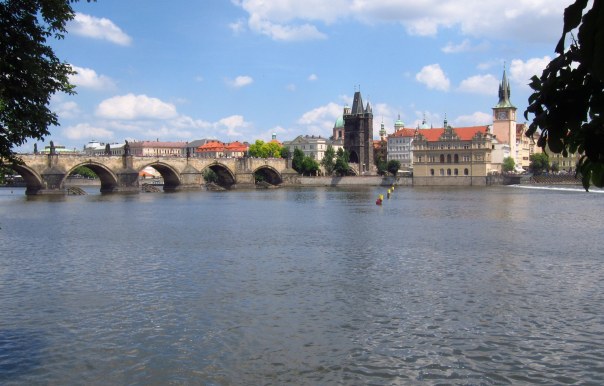
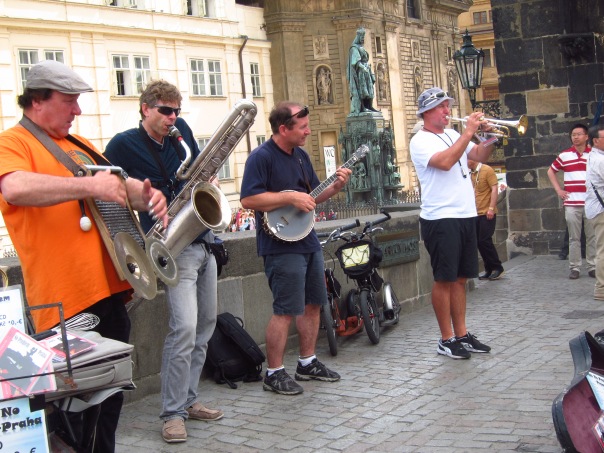
In my last blog from Budapest, I mentioned we had accidentally discovered a gallery of fantasy art by a single artist which included a bust which Lorn really liked. I purchased it for his birthday, and he toted this heavy sculpture around Europe in his carry-on bag.
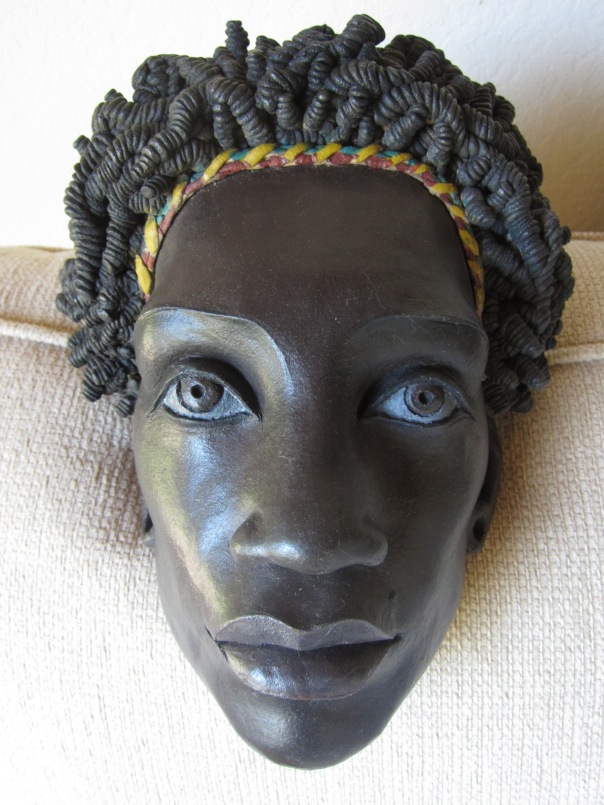
What is referred to as the Jewish Museum is actually a complex of synagogues, museums and a one square block cemetery with 100,000 people buried ten layers deep. Located in the heart of the ghetto, the grave sites date to the 1300s. Jews couldn’t live or die outside its boundaries.
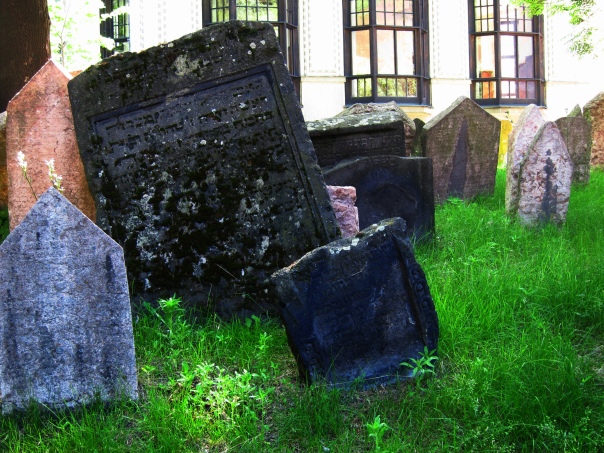
One of the highlights of the Jewish museum was the Spanish Synagogue. Built in 1868, not only was it the most beautiful of the structures we visited, but a place where we were treated to an evening concert by a chamber orchestra, featuring music of Gershwin, Bernstein and Vivaldi!

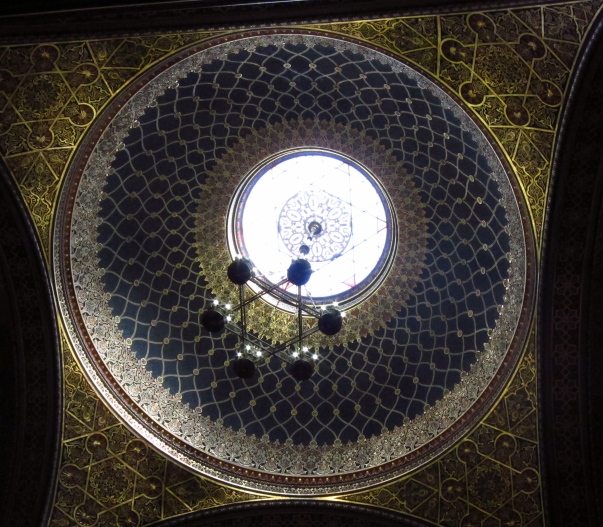
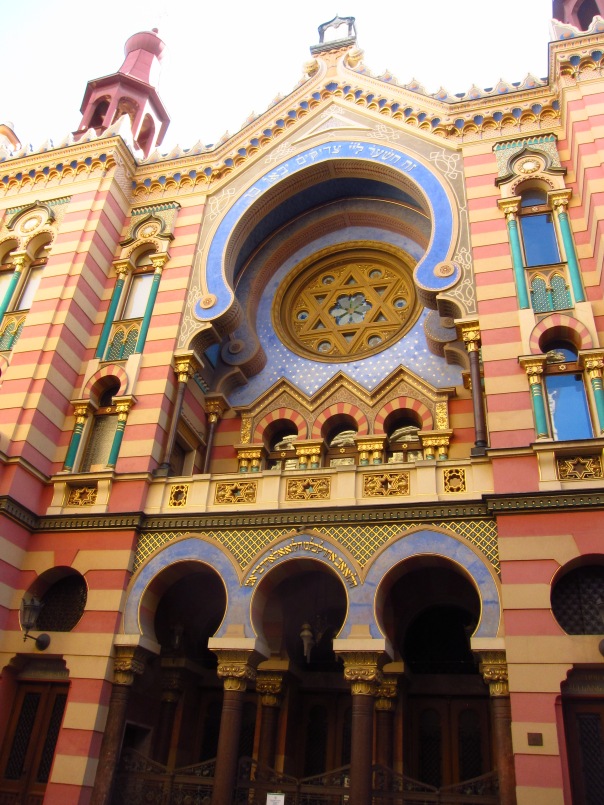
No visit to Prague would be complete without a visit to the Prague Castle, the official residence and office of the President of the Czech Republic. Dating back to the ninth century, the castle has been a seat of power for kings of Bohemia and the Holy Roman Emperor. Guinness lists Prague Castle as the largest ancient castle in the world. Overlooking Prague on a high hill, it’s a must see for tourists.

St. Vitus Cathedral is the dominant structure at the top of the Castle complex. Construction began in 1344.


To me, the most impressive room in the Cathedral was the Chapel of St. Wenceslas, where the relics of the saint are kept. The room was built by Peter Parler between 1344 and 1364 and has a ribbed vault. The lower part of the walls are wonderfully decorated with over 1300 semi-precious stones and paintings about the Passion of Christ dating from the original decoration of the chapel in 1372–1373. The upper part of the walls have paintings about the life of St Wenceslas, created between 1506 and 1509. In the middle of the wall there is a Gothic statue of St. Wenceslas created by Jindrich Parler (Peter’s nephew) in 1373. The Chapel is not open to the public, but it can be easily viewed from the doorways.
I followed Rick Steves’ advice and went in the mid afternoon, and had all the time I wanted to view this unbelievably beautiful room unobstructed. A small door with seven locks in the south-western corner of the chapel leads to the Crown Chamber containing the Czech crown jewels, which are displayed to the public only once every eight years. This was in contrast to the heavily guarded but accessible crown jewels of Hungary, which we saw during a tour of the parliament the previous week.
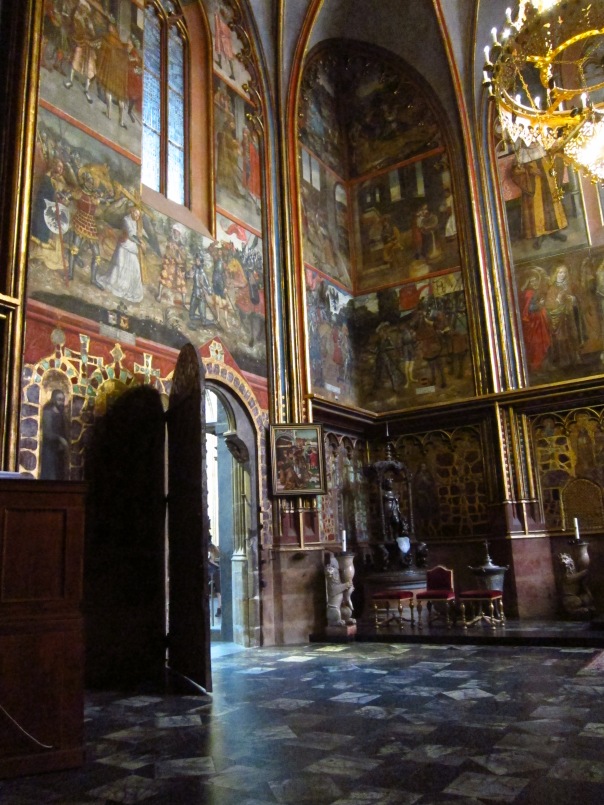
Our first day in Prague we toured the city with Marcus, proprietor of “The Naked Tour Guide” (he was clothed). Other than a night time walk on the hill overlooking the city, his only recommendation at the Castle was a museum called Lobkowicz Palace https://www.facebook.com/TheLobkowiczCollections
A 1 hour audio guide is narrated by William Lobkowicz, a nobleman raised in Boston during the Soviet occupation of Czechoslovakia, who returned to Prague in 1990 to claim his family’s vast holdings of land, 10 palaces and art dating back nearly 1000 years. His ancestors were patrons to both Beethoven and Mozart, and the castle palace houses the original manuscript for Beethoven’s Eroica Symphony, which is dedicated to Prince Joseph Franz Maximilian Lobkowicz, who is also recognized in Joseph Haydn’s “Lobkowicz Quartets.” Lorn and I both agreed it was the finest and most enjoyable museum we have ever visited. If you’re ever in Prague, don’t miss it!
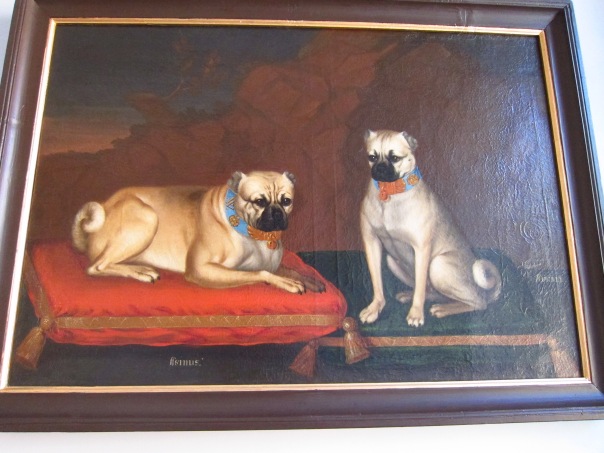
As I was leaving the Castle on my second day’s visit, I noticed a crowd of people around a surprising statue of a naked adolescent boy. I thought it remarkable that people would gather under the boy’s crotch and stroke it, but when I looked online, I saw it was a Prague tradition which allegedly brings good luck! The statue was built in the early 1900s, which I found remarkable for the time.
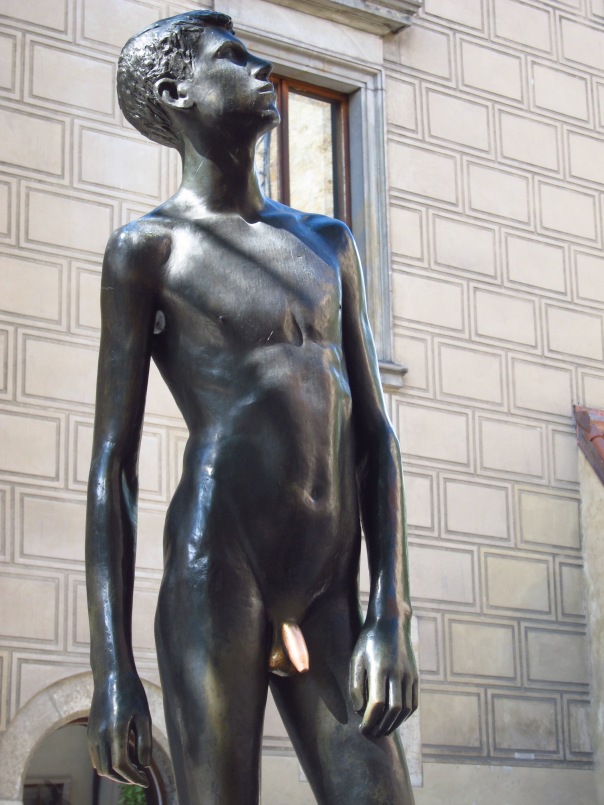
Rick Steves and our apartment manager both recommended a venue called “Le Louvre,” a restaurant over 100 years old on the second floor of a downtown building. It was a delightful and inexpensive place for breakfast or lunch. Below are my photo and one taken of the same room in about 1910.

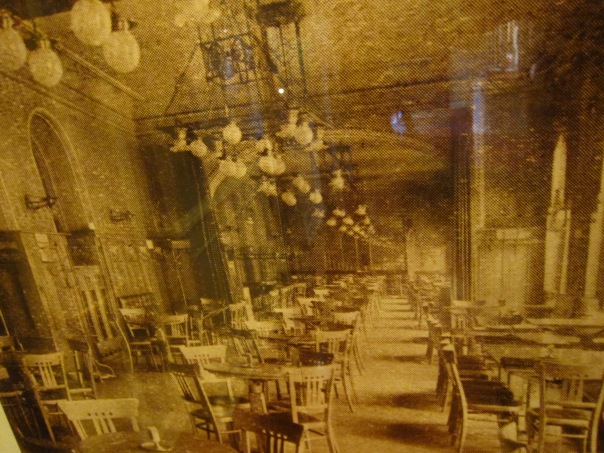
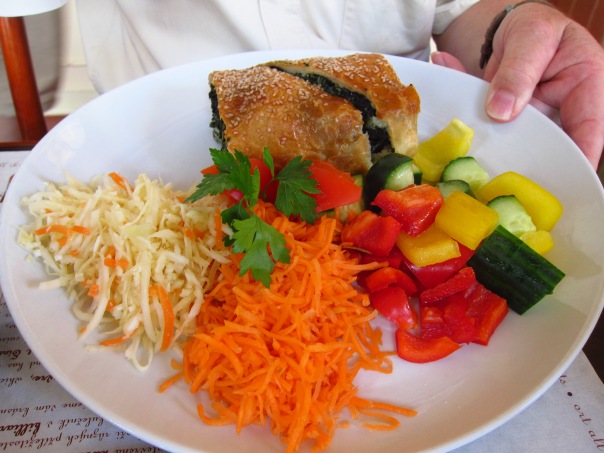
Like Budapest, Prague is a very walkable city. Thanks to “Airbnb,” we were able to find relatively inexpensive apartments in the heart of town — perfect for our needs. The Prague apartment was an elegant place with high ceilings and beautiful furniture. Although it was 90 degrees on our last 3 days in the city, the un-air conditioned apartment retained the night’s coolness when we closed it up each morning before venturing out. We were never uncomfortable inside.
Last year we made a return trip to Vienna, and who wouldn’t want to spend a night at the Vienna Opera? I’ll tell you the answer: people who don’t want to spend $300 for a ticket! Before leaving for Prague, we decided to snag much more affordable tickets to the opera there, and we sure weren’t disappointed. Rigoletto was my first opera, and I loved every minute. The opera house was just a five minute walk from our apartment, even closer than the historic downtown area.
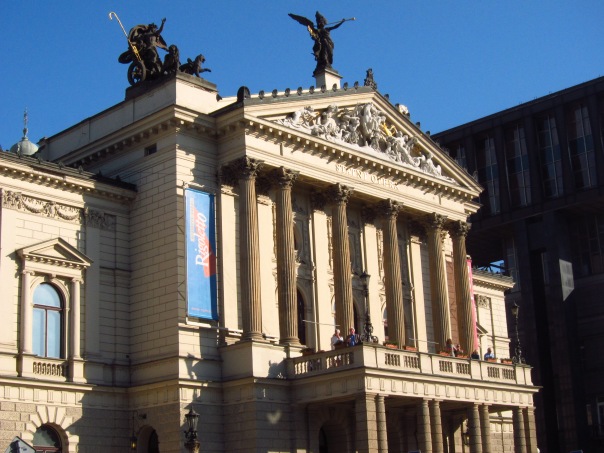
It was difficult to decide which was more breathtaking — the performance or the venue! Before we left for the performance, I read that the opera house is a “coats and tails” kind of place during the Christmas holidays, but the online posts said they never kick anyone out — I was lucky.



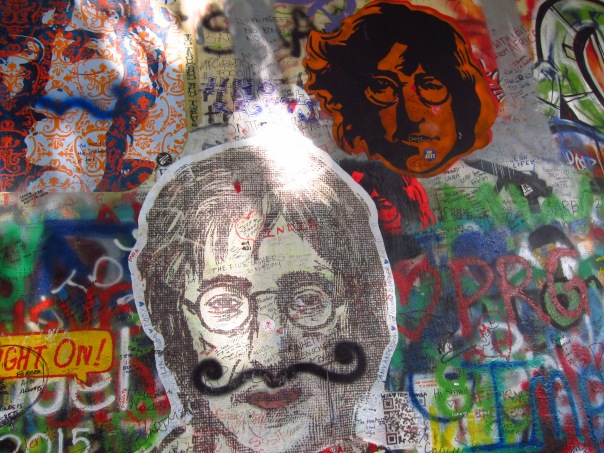
As we ponder the death of a single man whose impact on our world remains, I think the time is appropriate for some serious reflection at what we saw on an excursion to Terezin, a small village one hour from Prague. You may know it as “Theresienstadt,” which is the German spelling of the infamous Nazi ghetto. We expected a dreary, somber place, but that isn’t what we found. Much of the city is preserved as a museum to honor the tens of thousands who were murdered there, but it is most well known as a place the Germans used to propagandize their treatment of Jews as humane. They turned it into an alleged “model city” for Jews and actually fooled a delegation of the international Red Cross into believing them, despite the fact that the delegation didn’t privately interview a single Jew.
When we disembarked from the bus from Prague, we entered a museum in which I saw this inscription and photograph, which made me cry.
And here is the poem Frantisek Bass wrote at Terezin.
The women’s barracks.
Just as it looked in 1941.
In the women’s barracks, a museum was dedicated to the art created by prisoners, much of it hidden, and discovered after the war. Few of the artists survived. I was especially impressed by this depiction of life in the ghetto.
A hidden ghetto synagogue, preserved to this day. A single room under an apartment.
A wonderful serendipity coincidence. The night before our trip to Terezin, we watched a documentary on the Jewish Theater in Terezin during the ghetto years. A significant portion was conducted in an interview with a lovely gentleman who survived, and upon our entry to the museum, Lorn saw him leading a group of 4 tourists through the town. I stopped him and told him I had just seen him in a movie. It was great to meet him!
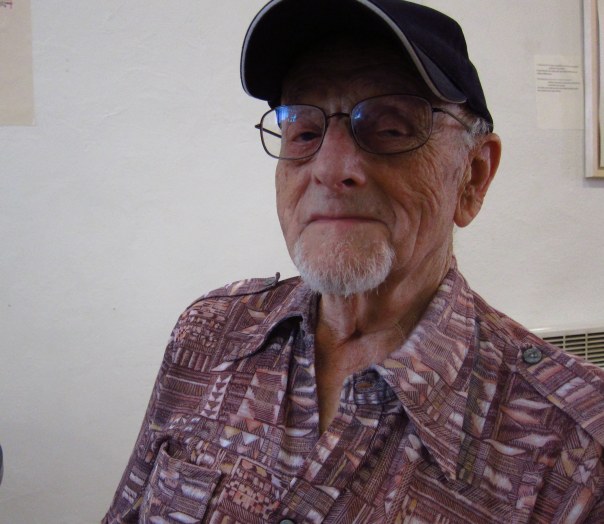
To lighten things a bit — three current colorful residents of Terezin. I didn’t understand their response (in Czech) to my request for a portrait, but I left pretty fast…
In my first blog (our week in Budapest), I concluded there had been some mishap and significant trials between Budapest and Prague. I told you I would discuss the problem in this post. For now, suffice it to say that I had to secure the services of the police, and it started with this fellow, who directed me to the police station, only a block from where he stood. Then why did it take me 45 minutes to find it? And why did I have to spend 3 hours there beginning at 6:15 the following morning?

To be continued……..
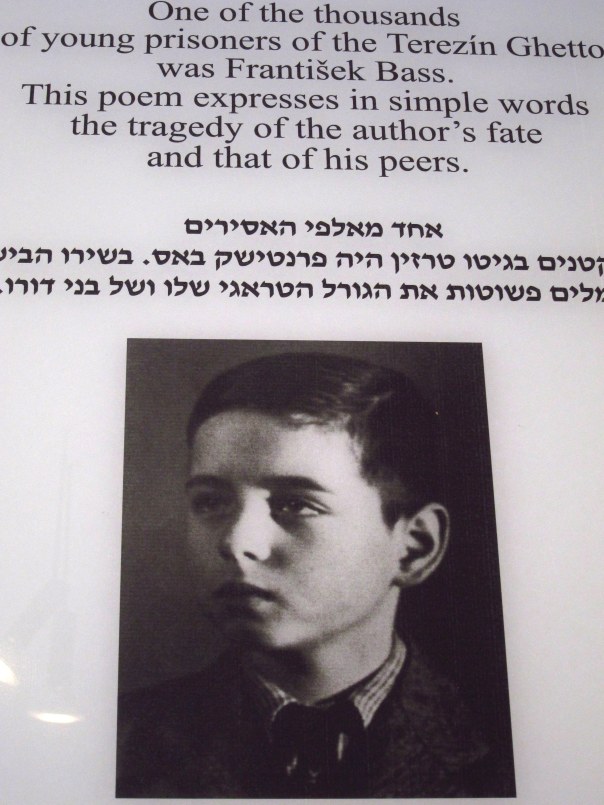
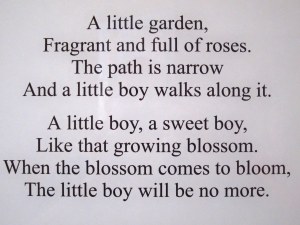

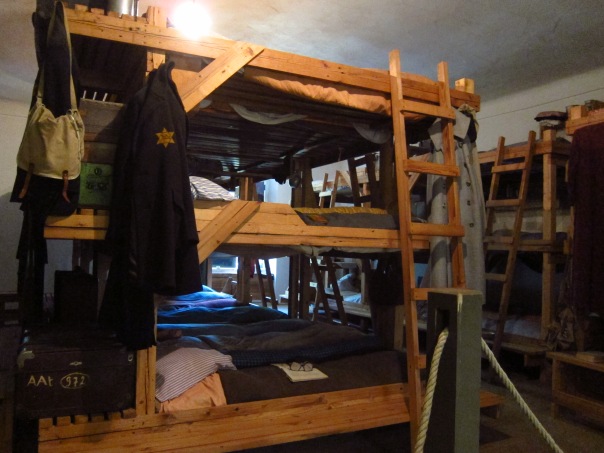
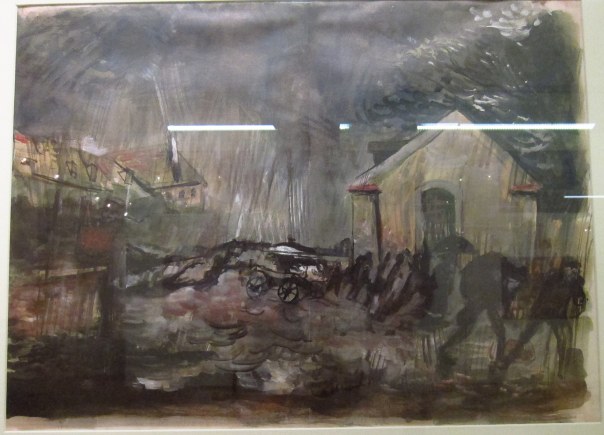

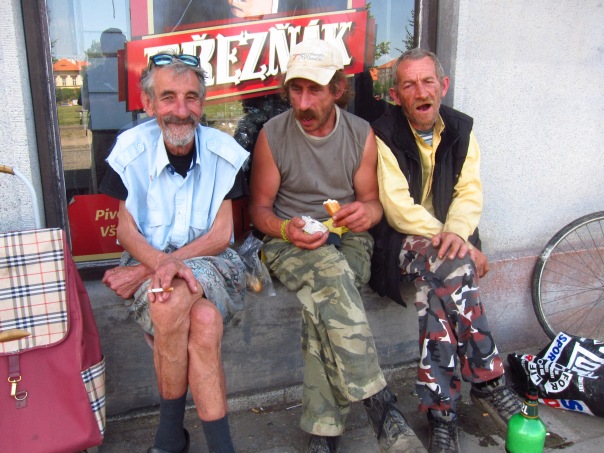
Great travel blog Eric! Thanks for posting.
Superb Eric. I have never understood the Jew issue. Surely we are all human beings, different beliefs, different culture, but human beings. Why can’t we live in peace, without one dominating another, or insisting on our culture being injected to another’s society. We are never going to get full integration in our world. To be discussed at a later date. Xxxx
I can’t wait to find out what happened between Vienna and Prague!
Pam
Brings back happy memories. Keep on blogging!
Derek
Fantastic blog Eric. I am now hooked and love Prague. I can’t wait to go there and to follow the rest and the next blog. Thank you so much for sharing this. Your photography and putting words to the visual is remarkable, educational and inspiring. I just love it. Thanks for sharing. Chris
You missed your calling! Thanks for sharing your wonderful experiences.
thanks Shelley. If you haven’t already, please subscribe!
Eric
Amazing Eric, wish we could have joined you on this adventure as well!!!!
Enjoying the travels!